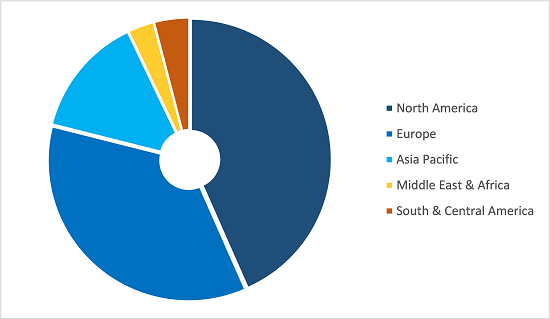Home healthcare includes a wide range of healthcare services for illness in homecare settings. The goal of home healthcare is to treat injury and improve health outcomes for the patient. These services are more convenient and less expensive and are efficient for chronic diseases, elderly population, nutrition therapy and serious illness of the patient.
The increasing the number of elderly residents, which supports the surge in demand for home healthcare products and services. In mid-2019, the population of Saudi Arabia was 34.2 million; it grew from 27.1 million in 2010 at a CAGR of over 3% during this period. According to the Saudi Arabian General Investment Authority (SAGIA), the population of the country is predicted to reach ~45 million by 2030 at a yearly growth rate of 2.5%. The population and its diversity are the key determinants of future healthcare requirements. At present, 23 million people (69% of the total population) are aged less than 40, and the number is estimated to rise to 28 million by 2030. Only 5.5% (1.8 million) of the population is over 60, but that number is projected to rise to 11.1% (~4.9 million) by 2030. The predicted rise in geriatric populations is likely to propel the need for services offered for senior citizens, such as long-term care, rehabilitation, and home care services, in the coming years.
Based on the product type, the market is segmented into therapeutic, diagnostic, and mobility assist. The therapeutic segment held the largest share of the market in 2021.

The Saudi Arabia home healthcare market players adopt organic strategies such as product launch and expansion to expand their footprint and product portfolio worldwide and meet the growing demand.
The Saudi Arabia home healthcare market is segmented on the basis of product type, indication, and service. Based on product type the home healthcare market is segmented into therapeutic, diagnostic, and mobility assist.
Based on indication the home healthcare market is segmented into cancer, respiratory diseases, mobility disorders, cardiovascular disorders, pregnancy, wound care, diabetes, and other indications.
Based on service the home healthcare market is segmented into skilled nursing, rehabilitation therapy, hospice and palliative care, unskilled care, respiratory therapy, infusion therapy, and pregnancy care.